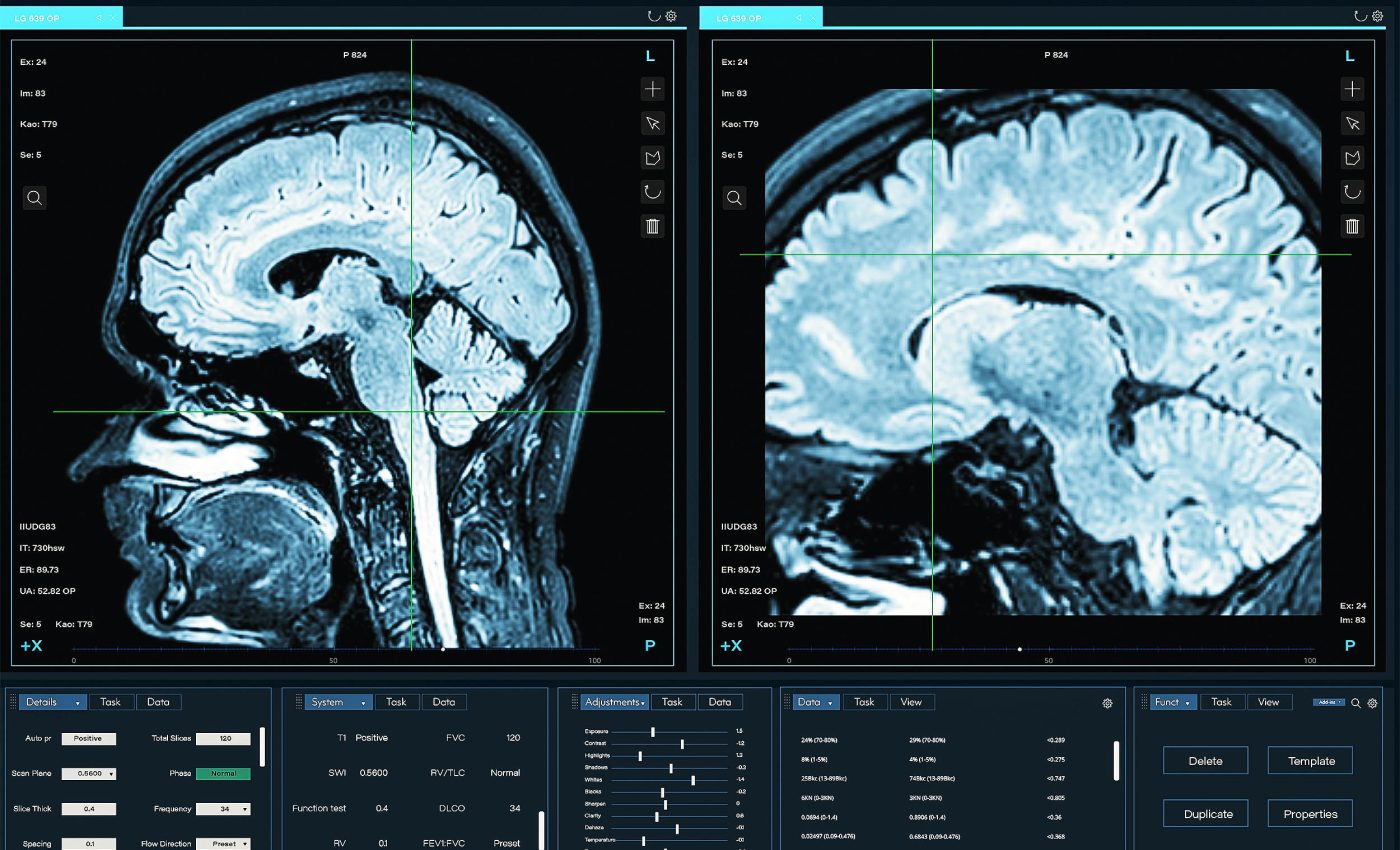
Scientists identify very specific ages when human brains lose cognitive control
Our ability to focus, ignore distractions, and follow through on goals is not fixed. It develops, peaks, and then changes again as we grow older. Scientists call this set of skills cognitive control. It underpins planning, decision making, impulse control, and the steady attention you need to finish hard tasks.
Why cognitive control matters
Life brings different mental demands at 15, 35, and 75 years of age. Knowing how cognitive control changes by age helps set realistic expectations and smarter training goals.
The study at the center of this article maps those changes in brain activity, not just behavior. It asks when the underlying control systems work the hardest, and when they ease off.
Dr. Zhenghan Li of Hangzhou Normal University (HZNU) led the work with collaborators across several institutes. The team focused on conflict tasks that are widely used to measure control in the lab.
They looked for patterns that hold across childhood, adulthood, and later life. They also examined how those patterns differ across key brain regions.
Goals of the study
The study pooled 139 neuroimaging reports with 3,765 participants aged 5 to 85, charting how conflict-related brain activity shifts with age. It used a standardized approach to combine many small studies into a single, age-by-activity curve.
Researchers relied on seed-based d mapping to summarize whole-brain activation patterns.
They then fit age curves with a generalized additive model and compared them to simpler functions to see which shape best explained the data.
The aim was straightforward. Identify the shape of change for the brain’s control system across the lifespan, and estimate when the peak occurs.
Key findings on cognitive control
Across core control regions, the lifespan curve forms an inverted U. Activity rises through childhood and adolescence, reaches a maximum in adulthood, then eases in later life.
“The predominant lifespan trajectory is inverted U-shaped, rising from childhood to peak in young adulthood before declining in later adulthood,” wrote Dr. Li.
Peak activity clustered between ages 27 and 36, and a skewed, square root curve fit the data better than a symmetric quadratic curve.
The analysis also tracked how activity is distributed across the two hemispheres.
Adolescents and older adults showed more pronounced hemispheric laterality than young and middle-aged adults, pointing to shifts in how each side contributes to control.
“Prefrontal activity during cognitive performances tends to be less lateralized in older adults than in younger adults,” wrote Roberto Cabeza.
A classic framework helps make sense of part of that pattern. The HAROLD model describes reduced prefrontal asymmetry with aging in many tasks.
Testing conflict control
Conflict tasks ask you to respond to a target while ignoring conflicting cues. The standard Flanker task does this by placing distracting symbols to the left and right of the central one.
When the flankers point the other way, reaction times slow and errors rise. That interference cost is a clean readout of control because the goal is simple and the distraction is controlled.
Using conflict tasks across many ages helps avoid apples to oranges comparisons. It keeps the core demand the same while the brain systems that meet that demand change with age.
Why these brain networks matter
Two control networks are central when people resolve conflict in the lab. The frontoparietal network updates and adjusts settings on the fly, while the cingulo-opercular network helps maintain a stable task set.
Young and middle-aged adults tend to engage these networks most strongly during conflict. Children and adolescents show rising engagement as the networks mature, while older adults show a slower draw on the same circuitry.
These differences are not good or bad in themselves. They simply reflect how the system tunes itself across development and aging.
Cognitive control structure link
Large MRI charts show gray matter volume peaks earlier in life, while white matter peaks within young adulthood. Those structural arcs provide a backdrop for the functional curves seen in this analysis.
Structure and function do not map one-to-one, but they are related. Myelination, synaptic pruning, and vascular changes affect both the efficiency of neural signaling and the measured Blood Oxygen Level Dependent signals (BOLD) during tasks.
This is why the best fitting lifespan curve for control activity was not perfectly symmetric. A square root shape captured a faster rise and an earlier peak, followed by a gentler decline.
Implications for brain health
Peak control activity in the late 20s to mid 30s aligns with a phase when many people juggle complex decisions at work and home.
That does not mean control falls off a cliff after 40, it means the neural effort measured during conflict tasks tapers.
Middle adulthood becomes a practical time to reinforce healthy patterns. Consistent sleep, aerobic exercise, and cognitive challenges are simple levers that support attention and planning without overpromising results.
Later life patterns are nuanced, not uniform. Some regions may show lower activation during conflict, while others show selective increases that could reflect compensation rather than decline.
The study is published in Science Bulletin.
—–
Like what you read? Subscribe to our newsletter for engaging articles, exclusive content, and the latest updates.
Check us out on EarthSnap, a free app brought to you by Eric Ralls and Earth.com.
—–













